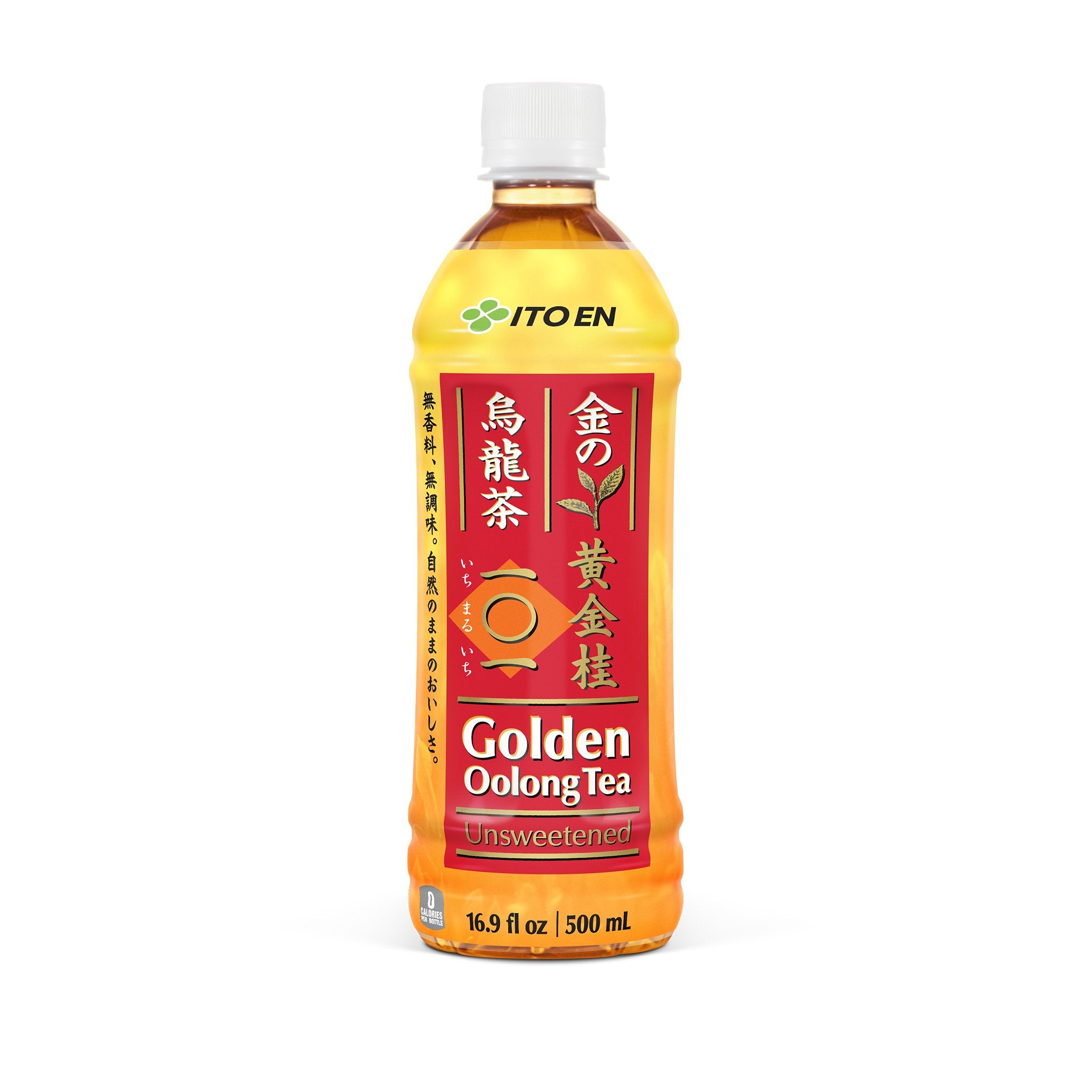oolong tea japanese
- Blog
- oolong tea japanese
tea ceremony
Okay, so I’ve been really getting into different kinds of tea lately. You know, expanding my horizons beyond the usual black tea with milk. I decided to dive into the world of oolong tea, specifically the Japanese kind.
First off, I went hunting for some good quality leaves. I hit up a few local tea shops and even browsed some online stores. Ended up grabbing a small bag of what they called “Japanese Oolong” from a place that seemed pretty legit. It was kind of pricey, but I figured, why not treat myself?
Next, I needed to figure out how to actually brew this stuff. I’m no tea expert, so I did what any normal person would do – I googled it. Found a bunch of different methods, but most of them seemed to agree on a few key things: water temperature and steeping time.
I made sure I had some decent tools before I began. Here is my process.

After a couple of minutes, I poured the tea into my cup, leaving the leaves in the pot for later infusions. And wow, the color was this beautiful golden amber. It looked really inviting.
I took a sip, and honestly, it was pretty good! It had this light, floral aroma, and the taste was smooth, not bitter at all. There was a hint of sweetness, and maybe a little bit of a roasted flavor? It was definitely different from any black tea I’d ever had.
I ended up doing a few more infusions with the same leaves, and each time the flavor changed a little. The second infusion was a bit stronger, and the third was a little lighter. It was like a whole journey in a teapot!
All in all, I’d say my first experience with Japanese oolong was a success. It’s definitely something I’ll be drinking more of. It’s a nice change of pace from my usual routine, and it feels kind of fancy, you know? If you’re looking to try something new, I’d definitely recommend giving it a shot.
© Copyright 2025 Qianwei Tea | Theme developed by sitemap